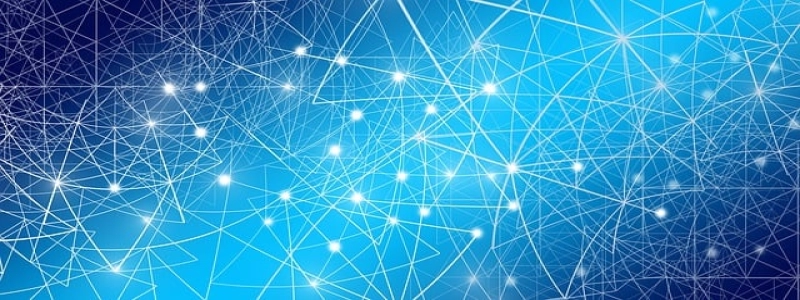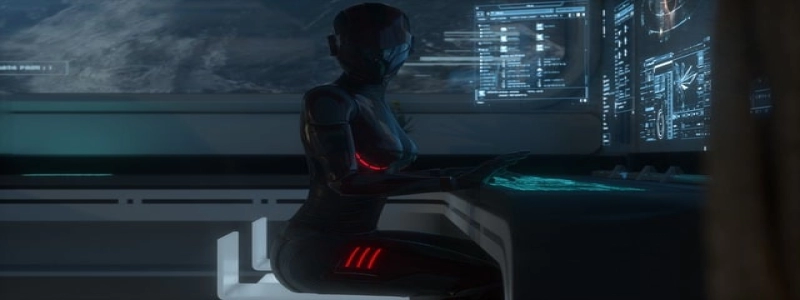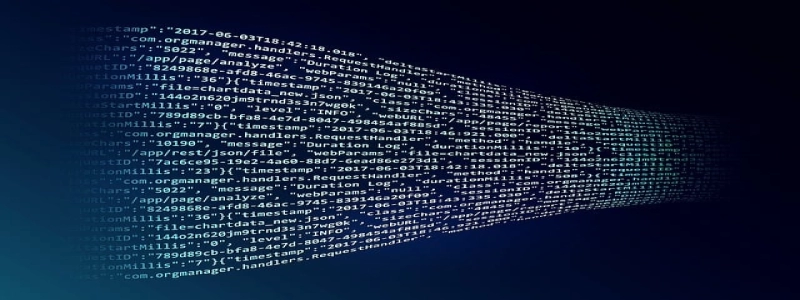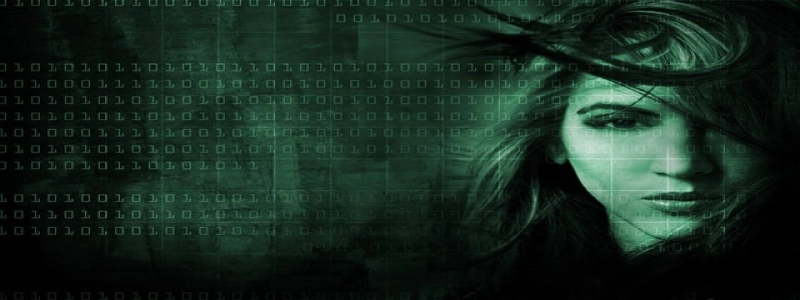Buried Fiber Optic Cable (GF)
Introduction:
I. What is a Buried Fiber Optic Cable?
II. Importance of Buried Fiber Optic Cables
Section 1: What is a Buried Fiber Optic Cable?
I. Definition of a Buried Fiber Optic Cable
II. Differences between Buried and Overhead Fiber Optic Cables
Section 2: Importance of Buried Fiber Optic Cables
I. Protection against Environmental Factors
II. Enhanced Security
III. Prevents Accidental Damage
IV. Aesthetically Pleasing
Section 3: Installation Process of Buried Fiber Optic Cables
I. Evaluation of the Area
II. Trenching and Excavation
III. Fiber Optic Cable Laying
IV. Backfilling and Compaction
V. Cable Splicing and Termination
VI. Testing and Finalization
Conclusion:
I. Advantages of Buried Fiber Optic Cables over Overhead Cables
II. Future Prospects of Buried Fiber Optic Cables
Introduction:
What is a Buried Fiber Optic Cable?
A buried fiber optic cable (GF) refers to a type of cable that is buried underground for the purpose of transmitting data using light signals. These cables are composed of tiny strands of pure glass, or fiber, that can transmit large amounts of data over long distances at high speeds.
Importance of Buried Fiber Optic Cables:
Buried fiber optic cables play a critical role in modern telecommunications infrastructure. They provide numerous advantages over overhead cables, making them a preferred choice for data transmission in various industries.
Section 1: What is a Buried Fiber Optic Cable?
A buried fiber optic cable consists of fiber strands enclosed in protective layers, such as polyethylene or steel, and is buried underground. Unlike overhead cables, buried cables are shielded from external factors, offering greater reliability and security.
Section 2: Importance of Buried Fiber Optic Cables
Protection against Environmental Factors:
Buried fiber optic cables are protected from environmental factors such as severe weather conditions, temperature fluctuations, and physical damage caused by falling trees or animals. This protection ensures uninterrupted data transmission.
Enhanced Security:
Since buried cables are hidden underground, they are less susceptible to sabotage or theft. This provides enhanced security for critical data transmission, making them ideal for sensitive applications such as military communications or financial networks.
Prevents Accidental Damage:
Buried cables are less prone to accidental damage caused by vehicles, construction work, or natural disasters. Their underground location safeguards them from unintentional disruptions, reducing the risk of network downtime.
Aesthetically Pleasing:
Buried fiber optic cables do not obstruct the landscape or urban areas, providing an aesthetically pleasing solution for areas where visual appeal is important, such as parks, historic sites, or residential areas.
Section 3: Installation Process of Buried Fiber Optic Cables
Installation of buried fiber optic cables involves several steps:
Evaluation of the Area:
Before installation, the area must be evaluated to identify potential obstacles, such as existing utilities or geological conditions, that may affect the cable’s performance.
Trenching and Excavation:
Trenches are excavated in the designated area according to specific depth requirements. This ensures the cables are buried at an appropriate depth to prevent accidental damage.
Fiber Optic Cable Laying:
The fiber optic cable is carefully laid inside the trench, ensuring it is properly aligned and secured to prevent any damage in the future.
Backfilling and Compaction:
Once the cable is laid, the trench is backfilled with soil or other suitable materials. The backfilling process is followed by compaction to ensure the cable is well-protected underground.
Cable Splicing and Termination:
Splicing is done to connect different cable segments, allowing for a continuous transmission path. Terminations are made at both ends to interface with the necessary networking equipment.
Testing and Finalization:
After installation, the cable is thoroughly tested to ensure its integrity and performance. Any issues are addressed and rectified before finalizing the installation process.
Conclusion:
Advantages of Buried Fiber Optic Cables over Overhead Cables:
Buried fiber optic cables offer superior protection against environmental factors, enhanced security, prevention of accidental damage, and aesthetic benefits. These advantages make them a preferred choice for data transmission in various industries.
Future Prospects of Buried Fiber Optic Cables:
With the increasing reliance on data transmission and the need for secure and reliable networks, the demand for buried fiber optic cables is expected to grow. Constant advancements in technology and infrastructure will further improve the efficiency and performance of buried fiber optic cable systems.








